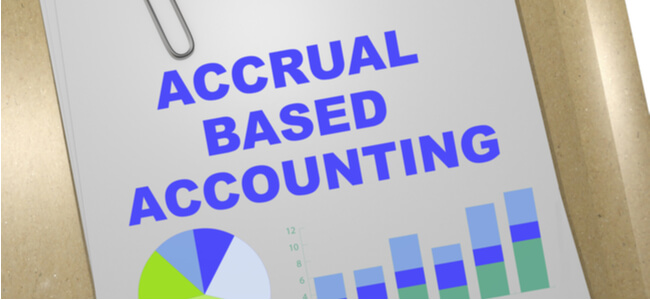How Wirecard’s Failure Could Result In Unpaid Invoices

The trade-credit markets in Asia are preparing for a massive blow following the collapse of Wirecard. In the wake of its latest scandal, Wirecard is being incriminated for deliberate fraud. Ever since the scandal hit the press, Wirecard's COO has been on the run and the actual perpetrators are yet to surface.
The Case Of Fraud
In June, the German payment processor Wirecard admitted to operating on ghost assets. The company allegedly misled its customers and investors into believing that it owned $2.1 billion in escrow. The amount, which was supposed to be held in two banks in the Philippines, never really existed. On the 25th of June, the company filed for insolvency.
Markus Braun, its former chief executive officer, is now facing charges of deliberate fraud after having resigned from his post. Braun has since maintained that he was never wilfully part of any deliberate deception scheme. The company’s CEO claims to have been a victim himself of ‘fraud of considerable proportions.’
If Braun’s claims hold any degree of merit, then the company executives’ insurance can be invoked. According to Wirecard’s 2018 annual report, as part of its subscription to D&O’s insurance plan, the company had paid $293,000 in premium fees.
D&O is now engaged in covering the lawsuit claims from investors, liquidators, and shareholders against the executives. The lawsuit can’t be extended to the company itself as per the insolvency criteria. However, the insurance company is only required to cover up the claims against the executives so long as the latter can prove their innocence.
In case there’s evidence of deliberate fraud, D&O will have the legal right to withdraw any kind of coverage for the involved personnel. In such a circumstance, violated stakeholders will have nothing left to retrieve except for a few worthless company shares left by Braun.
The more obvious target for the lawsuit is now the company’s external auditor, Ernst & Young (EY). Lawsuits against EY are grounded in the company’s inability to detect fraud despite several red flags waved by whistle-blowers, short-sellers, and company’s employees.
It’s not the first time the company became the subject of fraudulent allegations. Back in 2018, a local Philippines law firm was asked to look into allegations of ‘round tripping’ against the platform. A Wirecard employee, operating in the company’s Asian headquarters, raised allegations of an alleged round-tripping scheme that made fraudulent transfers via India.
The law firm never published a final report and Wirecard ended up claiming that the allegations of fraud invoicing affected their material assets.
Lawsuits against EY have begun to proceed but the company has already defended itself by claiming that it did refuse to sign off 2019 transactions. The deliberate nature and disproportionate scope of the current fraud made it impossible for EY to detect corruption in time.
Triggering Trade Credit Claims
With the German payment processor going defunct, economic analysts speculate a phenomenal drop and considerable delays in processing payments in Asia. With inflation in payment delays and unpaid invoices, the trade credit insurance market is expecting to see sudden stimulation.
Even though the company’s IT personnel are allegedly still under operation, countries such as the UK have started to freeze its accounts. As a result, several notable credit card companies and banks were taken down. The move has put businesses that were using Wirecard’s technology under great pressure to find alternative invoicing software and payment processing solutions.
With its value nearly diminished, the company now owes an approximate total of $4 billion to its creditors. This credit gap will take a toll on smaller enterprises.
More importantly, the scandal has forced several critics and analysts into putting fintech under resumed scrutiny. Wirecard’s downfall has caused massive disappointment amongst investors, creditors, and business owners. At the same time, it has helped to lend insights into where fintech falls short of living up to its allure of next-level banking.
Conclusion
Wirecard’s downfall, although disappointing, was never shocking. More than once the company was under scrutiny for incongruent financial accounting practices. Unfortunately, businesses and creditors continued to indulge in several behavioral biases that eventually caused these fatal investment errors. With a credit of four billion dollars thrown into limbo, more than one person will have to bear the brunt of the company’s deception.










